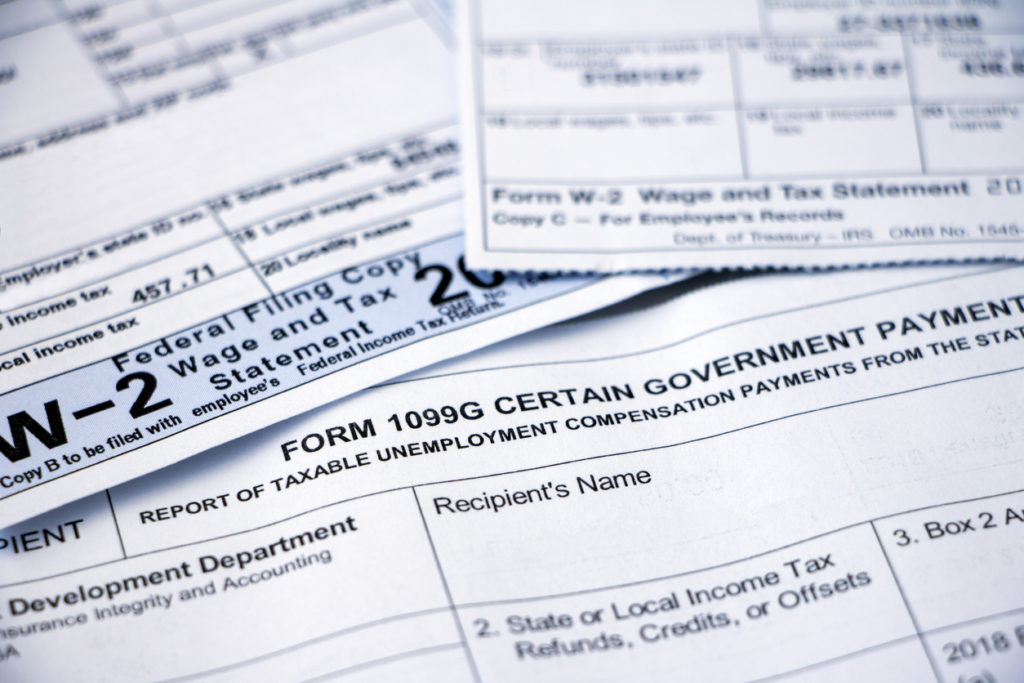It is possible for a spouse intentionally left out of the other spouse’s will to still receive a share of the estate in the event of death. Pennsylvania law provides that if a person is still married at the time of their death with no divorce pending, the surviving spouse can elect to receive 1/3 of that person’s estate. The following property is subject to election:
- Property transferred from the decedent by will or intestacy which is when there is no valid will executed by the deceased person;
- Income from property of the deceased spouse, which the decedent was entitled to receive during marriage provided that the deceased had the right to the income at the time of death;

- Property that was transferred during decedent’s life that the deceased person still had the right to revoke the transfer and assume the property or invade the principal for his or her own benefit;
- Property conveyed by the deceased person during marriage to the decedent and another with a right of survivorship such as jointly owned property;
- Annuity payments to the extent that it was purchased during the marriage by the deceased spouse and the decedent was receiving annuity payments at the time of death;
- Property or gifts given by the decedent during the marriage within one year of death to the extent that the amount exceeds $3,000 per recipient.
The following property is not subject to election:
- Any conveyance or transfer of property made with the express consent of the surviving spouse;
- The proceeds of life insurance policies of the decedent;
- Interests from any employer established pension, deferred compensation, retirement plans, profit sharing, etc. for the deceased;
- Property passing by the decedent’s exercise or non-exercise of any power of appointment given by a person other than the deceased.
To simplify, a surviving spouse cannot receive any portion of something that they already agreed to give away by way of previously consenting to it. An example would be a pre-nuptial or post-nuptial agreement. As far as it relates to life insurance proceeds and retirement plans or any other accounts that have a beneficiary designation will pass to the named beneficiary.
Additionally, the surviving spouse waives the right to seek other items they may have been entitled to if they choose to exercise the elective share. The surviving spouse must reduce to writing their intent to exercise the elective share and timely file with the Register of Wills within 6 months after the decedent’s death or within 6 months of the date of that the will was probated – whichever date comes later.
If you have any questions or need additional information about the spousal elective share please call Gregory J. Spadea at 610-521-0604.
















